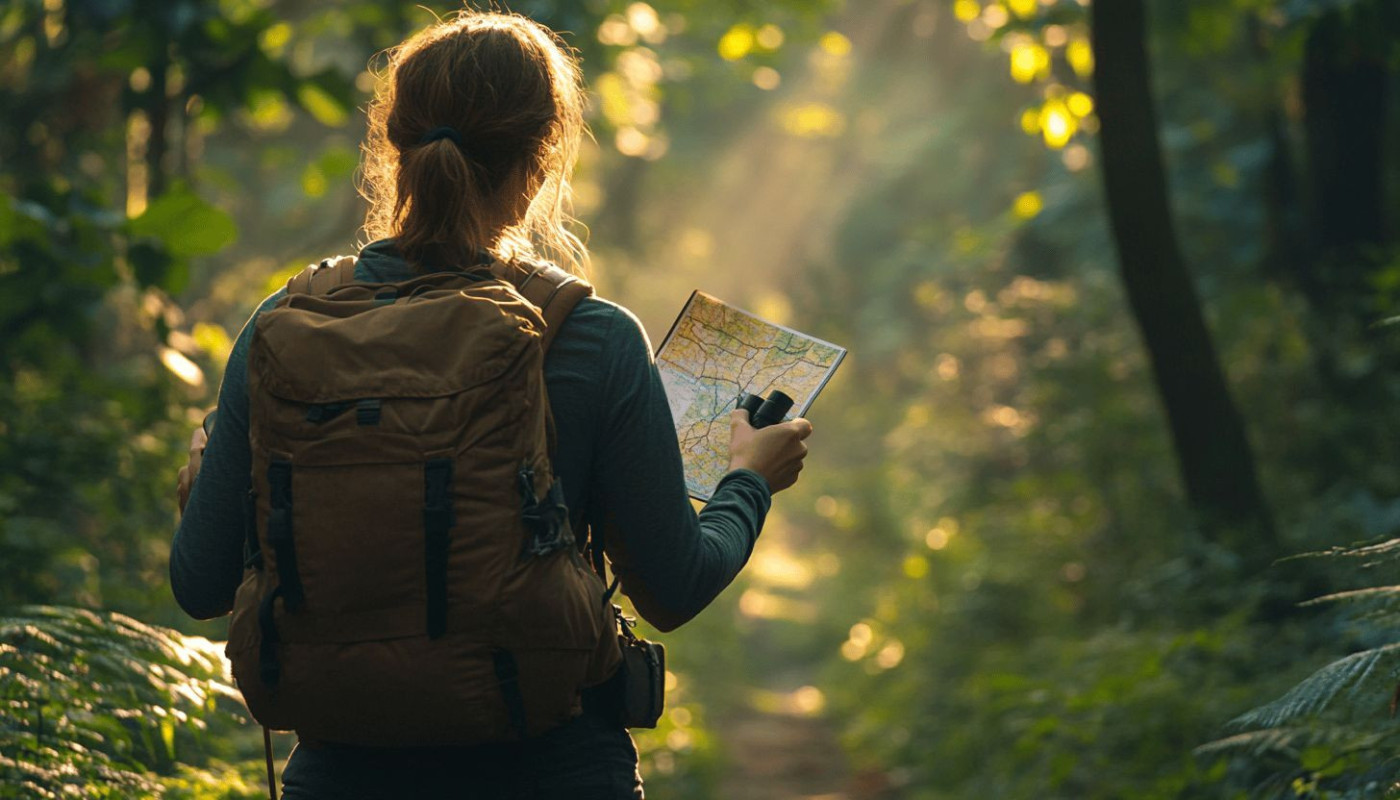Table of contents
Dive into the mysterious depths of the earth and uncover the astounding splendor hidden beneath the surface. Caving tourism, or spelunking, draws in adventurous souls from around the world, offering a unique experience of exploration and discovery. These underground wonders, forged by nature over millions of years, are a sight to behold. The world beneath our feet holds spectacular natural formations, history, and a unique ecosystem that remains largely unexplored. So, if you're an adrenaline junkie looking for your next exciting endeavor or a nature enthusiast with a keen interest in geology, keep reading to learn more about the exhilarating world of caving tourism.
Unearthing the Allure of Caving Tourism
Within the realm of adventure tourism, caving tourism holds a unique position. Unlike other forms of tourism, it offers tourists an exciting mixture of thrill, knowledge, and a glimpse into the earth's past. The lure of caving tourism doesn't merely lie in the adrenaline surge but extends into the unraveled mysteries of geology, biology, and history.
Caving tourism provides a unique perspective on the world. When embarking on this underground exploration, one isn't just stepping into a cave; they are stepping into a time capsule. The stalactites and stalagmites, collectively known as speleothems, act as historical records - capturing climate changes, geological shifts, and even biological evolution. By observing these formations, caving tourists can piece together a portion of our planet's intricate history.
Furthermore, an expedition through the rough terrain of a cave, often characterized by karst topography, is akin to a hands-on geology lesson. It is an opportunity for tourists to learn about the earth's structure, the process of cave formation, and the role of water in shaping our landscapes. The presence of subterranean ecosystems offers an insight into the biology of caves. From bats to blind fish, caves host an array of creatures that have adapted to this lightless environment.
In conclusion, caving tourism extends far beyond a mere adventure activity. It is an immersive, educational experience that provides a unique perspective into the earth's past and present. The combined thrill of exploration, the allure of the unknown, and the knowledge gained make caving tourism a fascinating aspect of travel.
Essential Equipment and Safety Measures
Embarking on a caving expedition requires the appropriate caving equipment and a comprehensive understanding of the necessary safety measures. One cannot stress enough the significance of grasping the inherent risks and ensuring adequate preparation. Key among the caving equipment are items such as the helmet, headlamp, cave suit, carabiners, and descenders.
The helmet is not just a protective shell; it also provides a mount for your headlamp, a critical source of light within the dark depths of the cave. Like the helmet, the cave suit provides protection, but from the harsh and potentially damaging cave environment. Made from robust and durable material, it safeguards against abrasion and hypothermia.
Carabiners and descenders are equally vital components of the safety gear. Carabiners are used to connect components, whilst descenders aid in safe and controlled descent into the cave. Both tools contribute to ensuring a secure caving expedition.
Foremost among safety measures is a thorough understanding of the risks involved in caving. The cave environment can be unpredictable and treacherous, and it's only through careful preparation and a good knowledge of potential dangers that cavers can ensure a safe and successful expedition.
Exploring Noteworthy Caving Destinations
Traversing the world's unseen depth, caving destinations offer an exhilarating encounter with nature's underground wonders. Adventure travel enthusiasts will find these locales particularly enticing, with an array of unique geological features to explore. Among these fascinating sites, the karst landscapes stand out; these regions are characterized by caves, sinkholes, and underground rivers, formed due to the dissolution of soluble rocks like limestone and gypsum.
In the realm of caving destinations, the jewel in the crown is arguably the Hang Son Doong in Vietnam. As the world's largest cave, it boasts its own climate, complete with clouds, rivers, and a lush jungle. Additionally, its calcite walls and varied speleothems (cave formations) provide a surreal backdrop for spelunking adventures.
Next, the Mulu Caves in Borneo, Malaysia, carve a spectacular image with the Sarawak Chamber, which is large enough to accommodate 40 Boeing 747s. The Mulu Caves also showcase an array of intricate limestone formations, presenting a stunning spectacle for visitors.
Another noteworthy destination is Kentucky's Mammoth Cave in the USA. As the world's longest cave system, it offers over 400 miles of surveyed passageways and is recognized as a World Heritage Site. Its diverse terrains and abundant gypsum flowers make it an ideal destination for caving tourism.
These are just a fraction of the world's best caves. Each with its own unique features, they offer a peek into the earth’s subterranean mysteries, beckoning adventurers into the alluring world of speleology.
Environmental Impact and Responsible Tourism
The exploration of caves, termed as caving tourism, has seen a surge in recent years. It carries with it an array of implications for the environment, particularly on the microclimates and biodiversity found within these hidden ecosystems. Biospeleology, the study of organisms living in caves, has revealed the existence of a unique and fragile world that warrants our utmost respect and conservation efforts.
On the negative side, the environmental impact of caving tourism can be substantial. Improper caving practices may disrupt the delicate microclimate, leading to the displacement or death of the cave-dwelling organisms. Biodiversity can be threatened by changes in temperature, light exposure, and human contamination. Therefore, the need for responsible tourism cannot be overstated.
Nevertheless, caving tourism also has the potential to play a positive role in conservation. By raising awareness about the wonders hidden beneath the earth’s surface, it can foster a greater appreciation for these environments and thereby encourage their conservation. Eco-tourism, as a branch of responsible tourism, emphasizes the preservation of natural areas, which aligns perfectly with the goals of cave conservation.
Responsible caving practices are vital. They involve staying on marked trails, minimizing noise and light, and avoiding touching cave formations. These practices help to protect the cave ecosystems, ensure their sustainability for future generations, and reduce the environmental impact. By promoting, implementing, and adhering to responsible tourism, we can continue to explore and marvel at these underground wonders without causing them unnecessary harm.
The Thrill and Beauty of Caving
In wrapping up this discussion, it's crucial to encapsulate the exhilarating nature and stunning aesthetics of speleology, more commonly known as caving. The thrill of caving lies not only in the physical challenge and adventure but also in the opportunity to discover the intricate beauty of caves, a world hidden beneath our feet. There is something profoundly awe-inspiring about traversing through a subterranean landscape, with stalactites hanging from the ceiling and stalagmites rising from the floor, formed over countless years in the silent darkness.
Going on a caving adventure is not just about the adrenaline rush, it's also about immersing one's self into an entirely different world, a palpable testament to the power and creativity of nature. It's about the sense of wonderment at the karst formations, the echoes of droplets falling in the quiet, the exploration of something much larger than oneself. In addition to this, it's vital to note that caving is not only about exploration but also about preservation. A sense of respect for ecosystems is key when entering these delicate environments, highlighting the significance of safety not just for oneself but for the preservation of these underground wonders.
Therefore, it can't be overstressed how important it is to embrace the spirit of adventure while maintaining a deep reverence for the untouched beauty and fragile ecosystems of these underground realms. By doing so, one ensures that these subterranean wonders remain for future generations to appreciate and explore.
Similar articles














